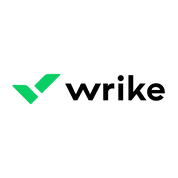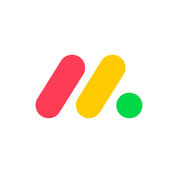Leantime is a Project Management Software. Leantime offers Timeline View, Idea Management, Kanban Board, Time & Expense Tracking, Task Management and many more functionalities.
Some top alternatives to Leantime includes Quickbase , Smartsheet, ClickUp, Jira and Kanban Tool.
No, Leantime doesn't provide API.
No, Leantime doesn't provide mobile app.
Leantime is located in San Francisco, California
Leantime offers Free Trial, Freemium, Open-source, Subscription, Quotation Based pricing models
The starting price of Leantime is $12.49/Month when Billed Yearly




















